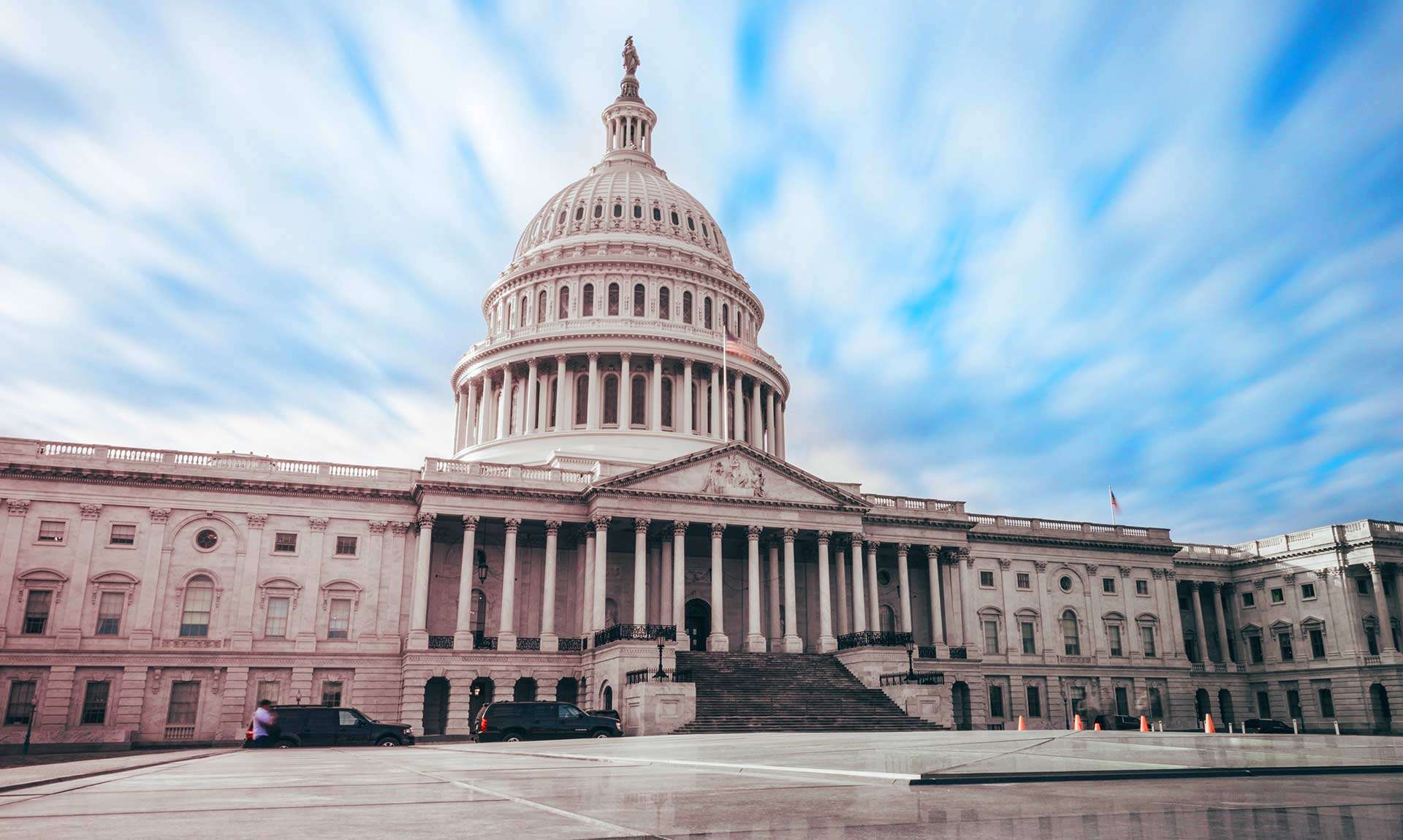If You Overstay Student Visa and Marry: What Happens Next?
- Introduction
- 1. Understanding Student Visa Overstay: Definitions and Consequences
- 2. Marriage and Immigration Status: How Your Spouse’s Status Impacts Your Options
- 3. Adjusting Status vs. Consular Processing: What’s Right for You?
- 4. The 3-Year and 10-Year Bars: How Unlawful Presence Affects Your Green Card Application
- 5. Waivers for Unlawful Presence: Navigating I-601A and Other Options
- 6. Step-by-Step Process After Marrying a U.S. Citizen or Green Card Holder
- 7. Interview Preparation and Supporting Documents
- 8. Potential Challenges and Common Pitfalls
- 9. Frequently Asked Questions (FAQs)
- 10. Hiring an Immigration Attorney: When and Why It’s Worth It
- Conclusion
Introduction
If you’re wondering if you overstay student visa and marry, you’re certainly not alone. Many international students come to the United States on F-1 or J-1 visas, focusing on academics and cultural exchange. Yet, life sometimes takes unexpected turns—perhaps you’ve fallen in love and married after your student status lapsed. Overstaying a student visa can carry serious consequences, including accruing unlawful presence and facing potential re-entry bans. However, marriage to a U.S. citizen or lawful permanent resident (green card holder) may open a path to obtaining legal status and eventually securing a green card.
In this guide, we’ll break down exactly what happens if you overstay your student visa and then marry. We’ll discuss how your spouse’s immigration status influences your options, explain the difference between adjusting status and consular processing, clarify how unlawful presence bars come into play, and review the role of waivers. By the end, you’ll have a firm grasp on how to navigate the process, reduce risks, and set yourself on a path toward a stable, lawful future in the United States.
1. Understanding Student Visa Overstay: Definitions and Consequences
Overstaying a student visa means remaining in the United States beyond the authorized period indicated on your Form I-94 or the duration of your academic program (commonly marked as “D/S” or Duration of Status). If you came on an F-1 or J-1 visa, you were expected to maintain full-time enrollment and comply with visa regulations. Once you stop following the terms of your visa—whether by failing to enroll, completing your program without departing, or otherwise violating your status—you may begin accruing unlawful presence.
Unlawful presence can lead to a range of negative outcomes. If a U.S. immigration official determines you have violated your status, you risk future visa denials, potential bars from re-entering the country, and a damaged immigration record. Even minor overstays can create complications. Recent changes in policy may affect how unlawful presence is counted for F, J, and M visa holders, so staying informed is critical. Understanding where you stand is the first step before pursuing any pathway to permanent residence.
2. Marriage and Immigration Status: How Your Spouse’s Status Impacts Your Options
The next pivotal factor is whom you’ve married. Did you marry a U.S. citizen, or did you marry a lawful permanent resident (LPR, also known as a green card holder)?
If you married a U.S. citizen, you fall into the “immediate relative” category, which affords certain benefits. Immediate relatives of U.S. citizens can often adjust status within the country, even after an overstay, provided they originally entered the U.S. lawfully. This can simplify the green card process significantly.
If you married a green card holder, the path may be more complicated. You might need to wait for a visa number to become available in the family preference category. Overstays can impede your eligibility, and in some cases, you may not be able to adjust status in the U.S. without first resolving your unlawful presence issue. Verifying your spouse’s citizenship or LPR status is a crucial step in charting your immigration course.
3. Adjusting Status vs. Consular Processing: What’s Right for You?
Two main avenues lead to a green card: adjustment of status (AOS) and consular processing. If you qualify for AOS, you apply for a green card from within the United States using Form I-485. This is often the preferred route if you’re married to a U.S. citizen, as you can remain stateside throughout the process. Overstaying a student visa doesn’t automatically disqualify you from AOS if you entered legally and qualify as an immediate relative.
Consular processing, on the other hand, involves leaving the U.S. to attend an interview at a U.S. embassy or consulate abroad. For someone who has accrued unlawful presence, this route can trigger 3- or 10-year bars upon departure. Unless you have a waiver in hand, stepping outside the U.S. to process your immigrant visa may lock you out. Therefore, many couples seek to adjust status whenever possible to avoid these risks.
4. The 3-Year and 10-Year Bars: How Unlawful Presence Affects Your Green Card Application
Unlawful presence plays a critical role in whether you can re-enter the U.S. if you leave. If you were unlawfully present for over 180 days but less than one year, you risk a 3-year bar upon departure. Over a year of unlawful presence could lead to a 10-year bar.
These bars become problematic if you must depart the U.S. for consular processing. Adjusting status inside the U.S. helps many applicants avoid triggering these bars because they don’t leave until their green card is approved. But if adjustment of status isn’t an option, you must carefully consider the potential bars before traveling. Understanding these rules can mean the difference between a smooth, successful green card application and a lengthy separation from your spouse.
5. Waivers for Unlawful Presence: Navigating I-601A and Other Options
If you must go through consular processing and fear triggering the 3- or 10-year bar, a provisional unlawful presence waiver (Form I-601A) might help. This waiver allows certain immediate relatives of U.S. citizens and green card holders to apply for forgiveness of unlawful presence before leaving the U.S. If granted, the waiver can minimize the time spent abroad, reducing the chance of being stuck outside indefinitely.
However, I-601A waivers aren’t automatic. You must prove that your absence would cause extreme hardship to your U.S. citizen or LPR spouse. Examples of hardship could include severe financial loss, significant health issues, or care responsibilities for other family members.
Not everyone qualifies for a waiver, and the process can be intricate. Seeking legal assistance to present a strong case is often advised. A well-prepared application improves the odds of overcoming these bars and reuniting with your spouse in the U.S.
6. Step-by-Step Process After Marrying a U.S. Citizen or Green Card Holder
Navigating the marriage-based green card process when you’ve overstayed involves careful planning. While the steps vary depending on whether you can adjust status or must go through consular processing, here’s a general outline:
- Marriage and Gathering Documents: Obtain your marriage certificate and gather evidence of your genuine relationship. Prepare birth certificates, passports, and proof of your spouse’s status.
- Filing the I-130 Petition: Your spouse files Form I-130, Petition for Alien Relative, with U.S. Citizenship and Immigration Services (USCIS). This establishes the bona fide nature of your marriage and your eligibility for a green card.
- Determining Eligibility for AOS or Consular Processing: If you’re married to a U.S. citizen and initially entered lawfully, you may file Form I-485 to adjust status inside the U.S. If your spouse is an LPR or you’re otherwise ineligible for AOS, you may have to wait for a visa number and consider consular processing.
- Filing I-485 (If AOS Is Possible): Submit the necessary medical exams, the Affidavit of Support (I-864), and documents proving continuous residence and no disqualifying criminal history.
- Biometrics and Interview: Attend a fingerprint appointment and, later, a green card interview. Bring extensive evidence of your shared life together—joint bank accounts, photos, shared leases, or joint insurance policies.
- Decision: If approved, you’ll receive a green card. If denied, you may explore appeals, motions to reopen, or waivers, depending on the reason for denial.
Throughout this process, addressing your overstay head-on, being truthful about your circumstances, and providing a well-prepared application package can significantly improve your chances of success.
7. Interview Preparation and Supporting Documents
The green card interview is a pivotal moment. Officers will assess the authenticity of your marriage and may look closely at any immigration violations, including overstays. To prepare:
- Gather joint financial documents, such as bank statements, joint credit card bills, or mortgage/lease agreements.
- Include photographs of the two of you together at various events, with family and friends.
- If you overstayed, be honest about the circumstances. Perhaps you misunderstood D/S rules or faced an unavoidable delay.
- Rehearse likely questions with your spouse, ensuring you both know each other’s routines, personal histories, and future plans.
Transparency and thorough preparation can help ease the officer’s concerns and minimize suspicion about your immigration history.
8. Potential Challenges and Common Pitfalls
A few common pitfalls can derail your green card application:
- Fraud Suspicion: If the marriage appears to be solely for immigration benefits, you risk denial. Present ample evidence that your marriage is genuine.
- Lack of Documentation: Insufficient proof of a bona fide marriage or your spouse’s ability to support you can raise red flags.
- Failure to Address Unlawful Presence: Not acknowledging or properly dealing with your overstay can result in denial.
- Missing Deadlines or Incorrect Filing: Immigration forms are complex. Mistakes or late submissions can slow down or halt the process.
Being proactive, seeking guidance when needed, and paying attention to detail helps avoid these pitfalls.
9. Frequently Asked Questions (FAQs)
Q1: If I overstayed on my F-1 visa and marry a U.S. citizen, do I automatically get a green card?
No. Marriage to a U.S. citizen doesn’t grant automatic status. You must still file the appropriate petitions, prove a genuine marriage, and address any unlawful presence issues through the proper channels.
Q2: Do I have to leave the U.S. to get my green card if I’ve overstayed?
If you’re married to a U.S. citizen and entered legally, you often can adjust status within the U.S., avoiding departure. If your spouse is an LPR or you entered without inspection, consular processing may be required, and waivers might be necessary before leaving.
Q3: Will my overstay affect my ability to work during the process?
Once you file the I-485 adjustment of status application, you may apply for a work permit (EAD). Overstay alone won’t block you from obtaining an EAD, provided you’re eligible for AOS in the first place.
Q4: How long does the process take?
Timelines vary. Some cases resolve in a few months, while others take over a year, especially if waivers or additional evidence are needed.
Q5: Is hiring an immigration attorney helpful?
In most overstay and marriage-based cases, legal counsel is invaluable. An attorney can guide you through complex regulations, help prepare a strong case, and minimize the risk of denial.
10. Hiring an Immigration Attorney: When and Why It’s Worth It
Considering an attorney is wise, especially in overstay scenarios. Immigration laws are intricate, and any misstep can lead to delays, denials, or long-term consequences. A skilled attorney can:
- Analyze your specific situation and determine your eligibility for AOS or consular processing.
- Advise you on waivers, such as the I-601A, and help build a strong hardship case if necessary.
- Ensure all forms are accurately completed and filed on time.
- Represent you during interviews or in communication with USCIS, offering peace of mind and professional advocacy.
For many couples, the cost of legal assistance is far outweighed by the benefits of avoiding costly mistakes and ensuring a smoother path to a green card.
Conclusion
Overstaying your student visa and then marrying a U.S. citizen or lawful permanent resident can complicate your path to a green card, but it’s not an insurmountable challenge. By understanding the rules surrounding unlawful presence, taking advantage of the immediate relative category (if married to a U.S. citizen), and carefully considering whether to adjust status or pursue consular processing, you can navigate this process successfully. The availability of waivers, such as the I-601A, can further help overcome re-entry bars that might otherwise leave you stranded abroad.
While navigating these legalities can be stressful, proper preparation, honesty, and, if necessary, professional legal guidance can make a world of difference. Many individuals in similar situations ultimately obtain green cards and build their future with their spouses in the United States. With diligence and the right support, you, too, can find your way to lawful permanent residence, despite an initial overstay.
Read More :
How long parents can stay on a visitor visa in the USA?
Faisalabad Visa Guide 2024: How to Secure Your Pakistan Travel Permit for Visiting Faisalabad
Brazil Visa for Indians in Chicago
latest video
news via inbox
Nulla turp dis cursus. Integer liberos euismod pretium faucibua




